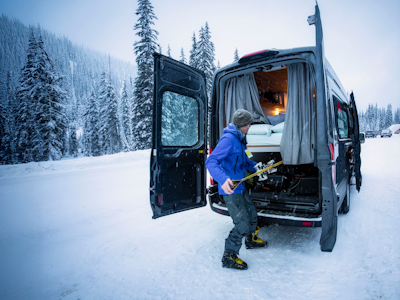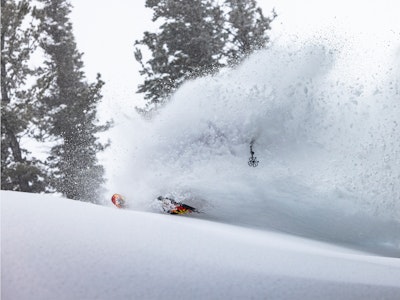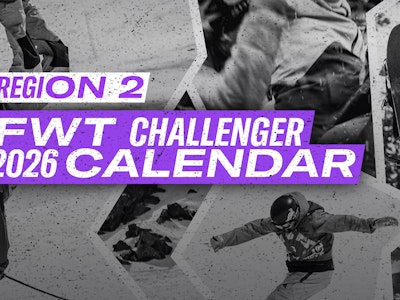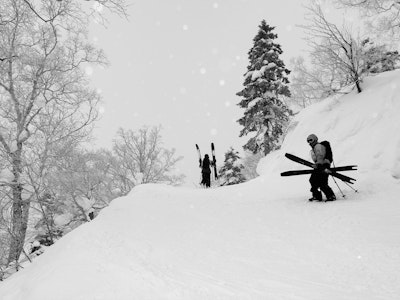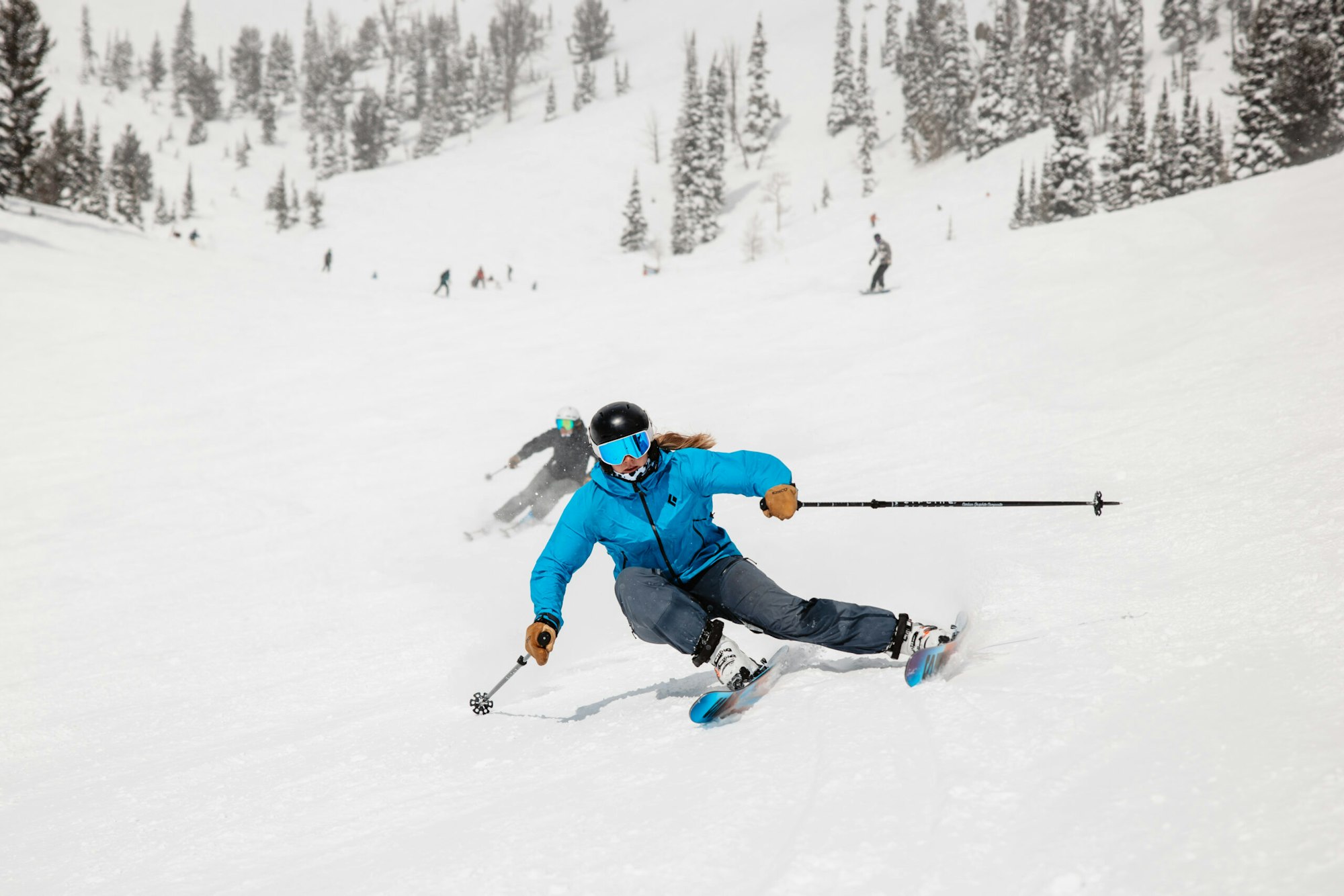It should go without saying ski boots are the most crucial part of our entire ski system. Sure, the actual skis we ride on and bindings we click into play a huge role in performance, but if the boots aren’t right, it doesn’t matter what’s under them. While ski length is often overestimated because of ego, Nordica’s North American Product Marketing Director, Ethan Korpi, argues that most skiers are actually in too soft of a ski boot.
“I see it all of the time,” Korpi tells me over the phone. “Skiers out West have these longer skis running big and wide, and they’re slapping down the mountain because they’re not really all that skilled of a skier or they’re on a ski that’s way too long for them, and they’re skiing around in a 100 flex boot. That’s like a Ferrari ski with Honda tires for boots.”
So what is boot flex, anyway? According to experts like Korpi, flex refers to the amount of Newton meters of force required to move the cuff of the boot one centimeter forward. If a boot is rated as a 130 flex, it takes 130 Newton meters of force to flex that boot one centimeter. Generally speaking, boot flex can be correlated to a skier’s ability because a more expert skier is going to apply more force to the front of the boot as they ski down the mountain faster. Beginner skiers benefit from a softer flex, say 60 to 80, because they are not moving down the mountain as fast and not applying nearly as much pressure but still need the ability to bend their knees and move through terrain. Intermediate skiers should be looking at 90-100 flex boots, and advanced and expert skiers should be skiing anything from 105-140 flex. Height, weight and personal preference are also part of the equation, but one factor Korpi feels is often overlooked is the appropriate pairing of the boots to the skis.
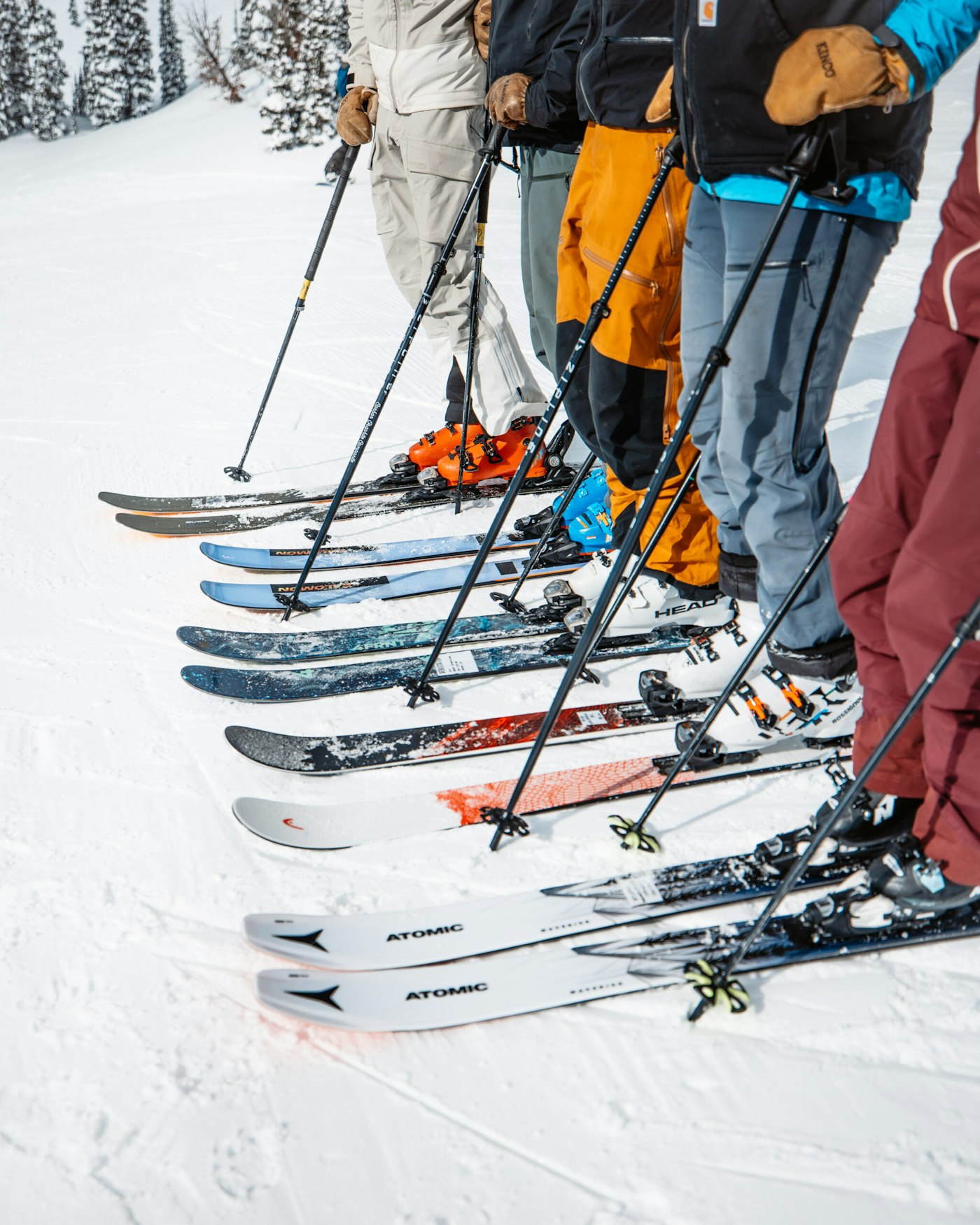
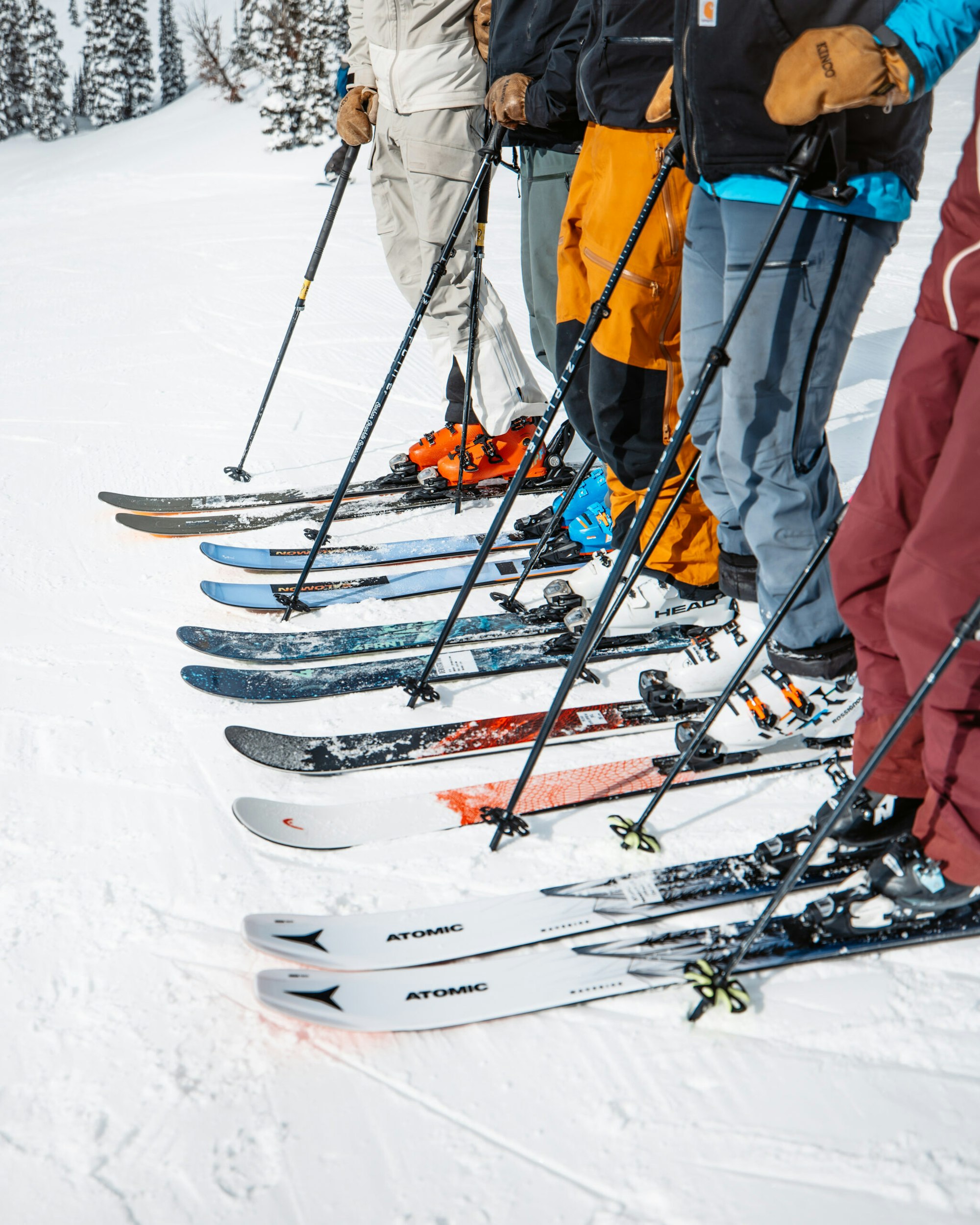
“The boot has to match the ski, and a lot of times, we see a skier with the appropriate ski or a ski that’s too much for them but not the boot, for whatever reason. I always kind of chuckle when I see people on freeskis, like an Enforcer 110 or Enforcer 104, and ripping around in a plug (race) boot. A plug boot does not equal how that ski is supposed to be skied and designed to be skied,” Korpi explains. “You have to match the boot to the ski because it’s a system. You don’t put a low din binding on a race ski and you don’t put a high din binding on a junior ski, it’s the same thing with a boot. It’s gotta go with the ski and the skier, just like everything else.”
It can be a daunting task to find the perfect boot, so Korpi recommends working with a trained boot fitter at a specialty shop to help dial in the right fit, first and foremost, as well as the right flex. Korpi also recommends aiming for a higher flex than you may initially think is right for you because it’s much easier to make a boot softer than it is to make a boot stiffer.
“It’s absolutely better to miss high than to miss low with boot flex, and I say that because you still get the transition of power to the edge of the ski,” says Korpi. “We’re in a dynamic sport, and you want a solid connection. The stiffer the product, the more solid a connection that’s going to be and the better delivery of transition of power to the edge of the ski. With a softer boot, you’re not going to have that as much—especially the warmer the temperatures, which we’re all experiencing these days, the softer the boot is. Again, it’s always better to miss high than to miss low because of that control factor—I don’t know about most people, but I don’t like feeling out of control.”
So whether you’re just starting out in the sport and need a softer flex to maintain mobility and progression, or you’re a dedicated skier looking for something a bit stiffer to hold up to your demands, flex can absolutely not be overlooked. It’s also important to note that flex is not a standard rating and will vary between brands, as well as between different models within the same brand, depending on the plastics used. This makes trying on boots at a specialty shop with a trained boot fitter key for stepping into the right boot for you.

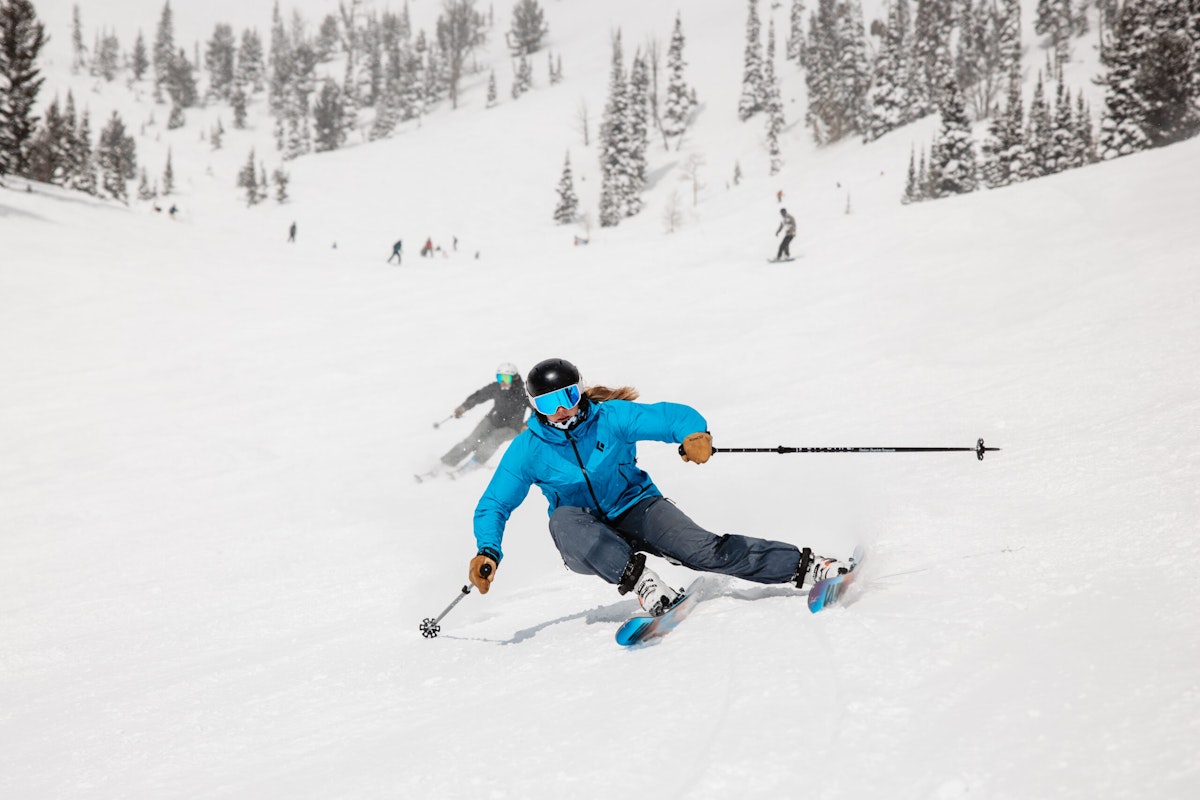


![[GIVEAWAY] Win a 4-Night Karma Campervan Rental and go Ski the Powder Highway](https://www.datocms-assets.com/163516/1767816935-copy-of-dji_0608-1.jpg?w=200&h=200&fit=crop)

![[GIVEAWAY] Win a Legendary Ski Trip with Icelantic's Road to the Rocks](https://www.datocms-assets.com/163516/1765233064-r2r26_freeskier_leaderboard1.jpg?auto=format&w=400&h=300&fit=crop&crop=faces,entropy)

![[GIVEAWAY] Win a 4-Night Karma Campervan Rental and go Ski the Powder Highway](https://www.datocms-assets.com/163516/1767816935-copy-of-dji_0608-1.jpg?auto=format&w=400&h=300&fit=crop&crop=faces,entropy)

